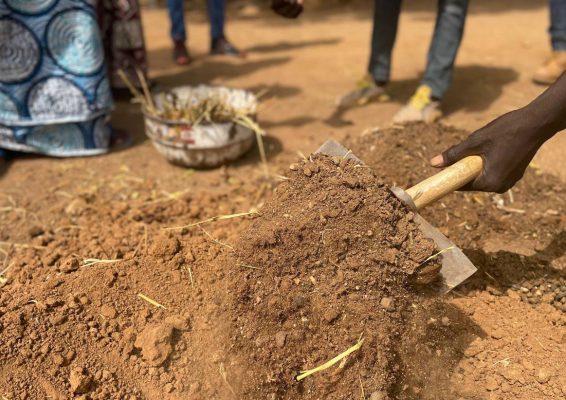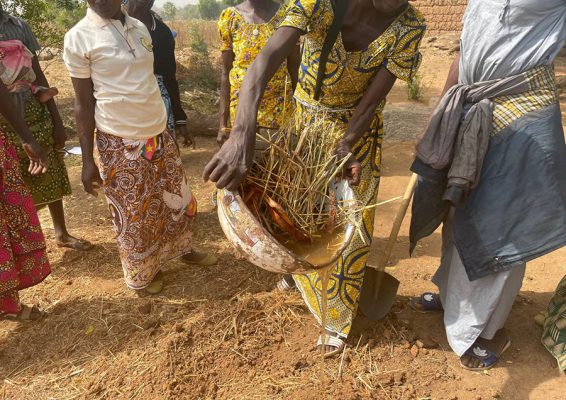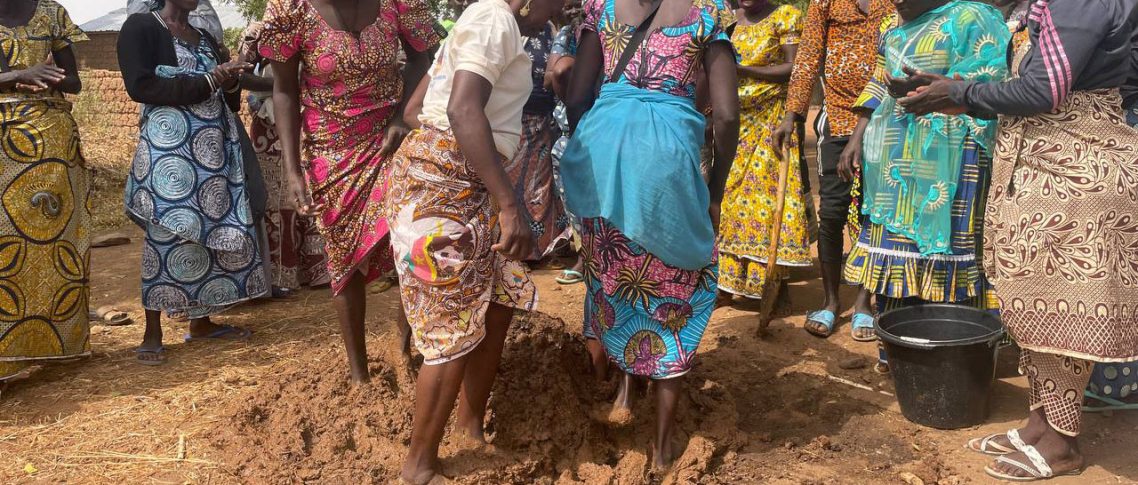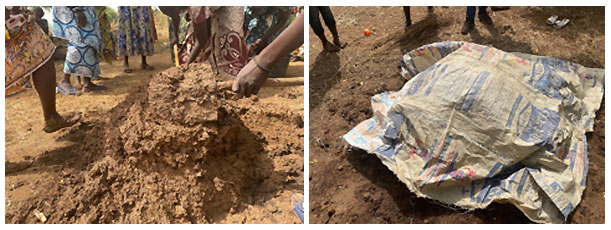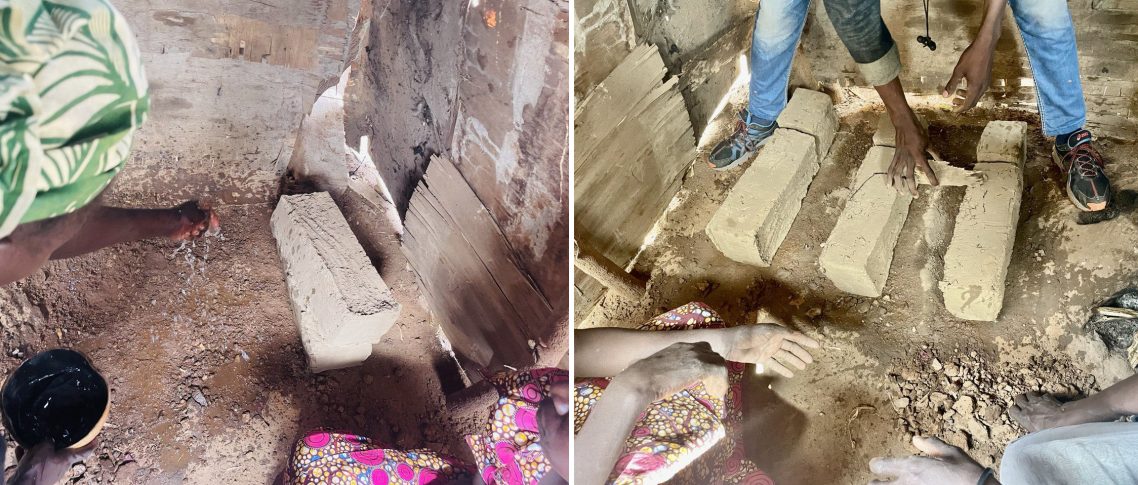“Ambassadresses!” cheered cookstove construction trainer Louise Lukumu, who works for Cameroonian NGO Community Development Action (ACD). “Three-stone improved cookstoves!” answered her participants enthusiastically. It was the final day of their training, and the women were eager to get back to their communities to showcase their newly-acquired talents.
The participants had travelled from villages across the Northern and Far North regions of Cameroon – Bawan, Tchamba, Pintchoumba, Tollore, Bang, Bame, Sassa-Mbersi, Mayo Djarendi Douroum, and Gambour – to acquire skills in building improved charcoal stoves. The intervention took a ‘Training of Trainers (ToT)’ approach, whereby the women that participated in the training will be responsible in turn for transferring the knowledge acquired to their communities.
The training formed part Innovation for Adaptation to Climate Change (INNOVACC) project precisely in its fourth component which seeks to support women’s empowerment through training, coaching and various forms of support, particularly in the management of resources in relation to climate change adaptation and mitigation. The activity was targeted at reducing high domestic energy demand (which is usually met with fuelwood and charcoal) and reducing the harmful effects this can have on ecologically-fragile localities with high levels of socio-economic vulnerability.
In rural Cameroon, there are several types of improved cookstove available. One is metal fireplaces, which are made from iron by specially-trained craftspeople. “These are sold locally and have the advantage of being transportable and lightweight,” said Colette Maba, assistant scientist, entrepreneurship and governance at INNOVACC. There are also improved clay fireplaces and improved three-stone fireplaces, the latter of which was the focus of the training.
“We chose this type because they are built using materials found in the village, unlike the metal fireplaces,” said Maba. “What’s more, learning how to build one doesn’t require any prior qualifications and can be done by almost all the social categories in the village: teenagers, young people, women, and men. In fact, every woman can build her own improved three-stone fireplace in her kitchen.”
To deliver these benefits, the fireplace must be built correctly, so Lukumu took the participants carefully through the entire process. They first gathered the necessary materials: clay or soil from termite mounds; cow or donkey manure; straw or peanut shells; kele (sticky leaves or bark); and water.
